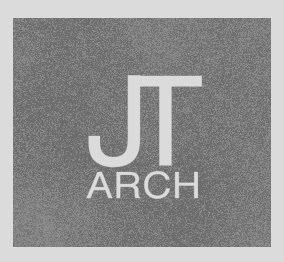So that brings us to the Taubman Art Museum by Randall Stout, a graduate of the Frank Gehry school of complex forms and pointy edges. Now I have to admit, as in some of my other post, I have never been a fan Gehry and his style of Deconstructivism, but I actually find myself defending Stout's Taubman Museum of Art. The building itself is lucky to have actually even been built with the strict and very public opposition it received from residents and its still a hot topic years after. Now the building itself is nothing like the standard brick masonry facades of the rest of the downtown, but thats exactly what the city needed, a breath of fresh air and a step forward in establishing an identity for the city.
 |
| Structure of Pointed Atrium |
From Interstate 581, the large pointed glass atrium can be seen by all those passing through the city and makes for an impressive entrance for those exiting off into the downtown. Open to the south, light shelves are placed inside the glass to help control the light in addition to the coating on them, helping to regulate the heat gain. The shadows from the steel structure dance across the floor and along the large stairwell as the day progresses, giving the space an even more dynamic feel and making for a nice event space.
 |
| Shadows on the grand staircase |
Up the grand staircase to the second floor is where the galleries begin. The galleries themselves are made up of about eight separate rooms but all in all does not seem like a lot in comparison to the size of the building. Nice attention is given to give views of the city from opposite end of the hallway with diffused natural and artificial light light the path through the galleries.
 |
| Piano in the Shadows |
Perhaps the strongest part of the museum is the use of material and the play of light and shadow. The rustic look of the stone on the back end actually works well with the metal roof and the large glass spans help bridge between the two and give transparency to the architecture. The form itself sets up unique shadows and reflections of itself as well and the surrounding buildings.
 |
| Play of light and shadow |
So after a few visits to the Taubman, I have actually come to respect it a lot more. It's intentions may not be perfect, but it gives the city something unique and has the potential to draw in passerbys interested by the form. Theres no doubt that it will continue to be a topic of conversation among residents, but hopefully with its completion it marks a transition for the city into a new way of thinking. Tradition and history should be respected but that doesn't mean you should reject new ideas and ways of thinking, something that will hopefully lead to growth and more opportunity in Roanoke.

No comments:
Post a Comment